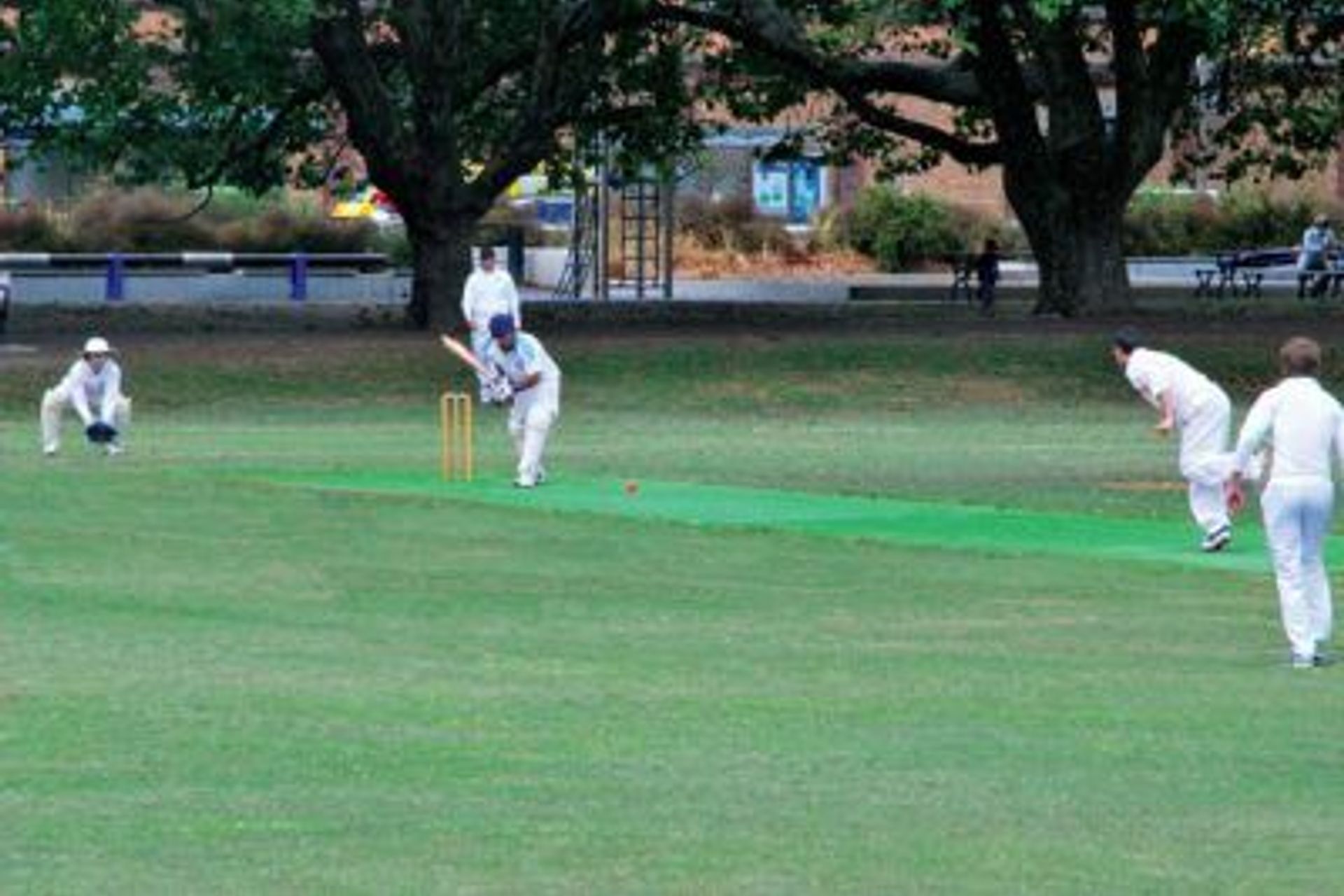Cricket: Maintaining Your Artificial Cricket Turf

Cricket requires a high level of accuracy, coordination, balance, and concentration. It makes sense that the surface played on needs to be high quality. Small imperfections can be an unwelcome distraction and cause excessive deviations in ball trajectory.
We have compiled a list of maintenance tips, so that it’s easier to keep your artificial wicket looking sharp, and your game free from distractions:

Inspect your cricket turf regularly
The most important thing to do is to keep an eye on things. Check for:
- Plant matter and debris (can be cleared with a stiff-bristled brush/blower vacuum)
- Moss growth
- Patchy turf in high-wear areas
- When mowing grass around an artificial wicket, use a line trimmer in place of a mower. This will ensure that the wicket is not accidentally damaged by the blades.
- Ensure that all grass clippings are collected and removed from the wicket or use a blower vacuum to clear the area.
- Ensure that all grass clippings are collected and removed from the wicket or use a blower vacuum to clear the area.
Establish basic rules for use
Nobody likes a bunch of rules, but having some in place will help the lifespan of your wicket. Here is one of our suggestions:
No metal spiked footwear – soft-soled, rubber cricket boots/rubber spikes only
This is because the use of metal spikes on a concrete-based surface will not only damage and rip the surface, but will also create a slip hazard.
Weeds and moss growing through the pitch
Correct preparation of the surface before installation will help to minimise any problems with unwelcome plant life. Similarly, regular brushing of the pitch will help to prevent seeds from germinating.
When it isn’t used for long periods of time, moss can grow on the wicket, making the surface slippery and reducing quality and performance.
It’s important not to pull the weeds out, as this will not completely remove the roots.
The best way to deal with weeds and moss on an artificial wicket is to use a herbicide that has been approved by your turf’s manufacturer. In most cases, you will spray the turf and wait 10-14 days before brushing it off.

Bases
- Concrete Bases
- Concrete bases can crack, which can cause a lip – in the event of this happening, contact your turf manufacturer and advise them of the issue. This will require the turf to be pulled up and the concrete remediated.
- Concrete bases can crack, which can cause a lip – in the event of this happening, contact your turf manufacturer and advise them of the issue. This will require the turf to be pulled up and the concrete remediated.
- Aggregate/Hoggin Bases
- For hoggin/aggregate bases, we recommend evaluating the pitch on a regular basis to ensure it is level. If you notice the surface starting to warp or become uneven, contact your turf manufacturer, and advise them of the issue.
- For hoggin/aggregate bases, we recommend evaluating the pitch on a regular basis to ensure it is level. If you notice the surface starting to warp or become uneven, contact your turf manufacturer, and advise them of the issue.
- Stump holes
- For the stump holes at each end of the wicket, our recommendation is to infill these with sand as opposed to clay. This is because if there is spillage onto the surface, sand will be easier to remove and clean.
- For the stump holes at each end of the wicket, our recommendation is to infill these with sand as opposed to clay. This is because if there is spillage onto the surface, sand will be easier to remove and clean.

In conclusion
As a rule, the general maintenance of an artificial cricket turf can be done by the club. More involved repairs and maintenance – ones that require removal, lifting, or rolling of the turf – ought to be done by, or in consultation with your manufacturer.
Keep it beautiful year-round, and when summer hits, you will be ready to play! Meanwhile, you can find out more about Tiger Turf’s cricket turf solutions here.
